Can you provide Crawlspace Insulation Design Assistance?
Be warned; this is a long post! Apologies in advance.
I live in the colder climate of western Massachusetts in an 1830s vintage home. We have a 4'6" crawlspace (approximately 18' x 26') beneath our wood floored living room. The house foundation is piled-up field stone (typical of that era) and it can be drafty in high winds). The crawspace is dirt floor with several cemented fieldstone pillars supporting the original floor joists (full 8"x4" chestnut and oak beams...now petrified!). Old, unfaced fiberglass batts were installed by a previous owner in the 24" o.c. joist space and secured with wire hangars. The batts are in various states of sagging including several sections that have completely fallen out of place. The basement adjacent to the crawlspace contains our oil-fired heating system; there is a small opening allowing access to the crawlspace from the "full" basement (still fieldstone and dirt floor, but about 6'2" of headspace). My problem is the cold living room floor AND humidity issues as well.
I was thinking of new fiberglass batts in the 24" o.c. joists supported by one of the newer breathable foil membrane products stapled to the underside of the joists; I was planning on securing the membrane with firring strips to get a better seal and to prevent the fabric from tearing away from the staples. I was then planning on the 6 mil poly install on the entire crawlspace floor. We do have some electrical and heating utilities within and beneath some of the crawlspace joists so spray foam would be problematic (I also have heard some spray foam horror stories that make me cautious). I would cap off my efforts with a continuous running dehumidifier in the basement. I am fortunate to have a drywell port which I can direct the dehumidifier drainage into easily.
Any comments on my plans would be greatly appreciated. I'd be happy to add photos if they would better help to visualize my situation.



















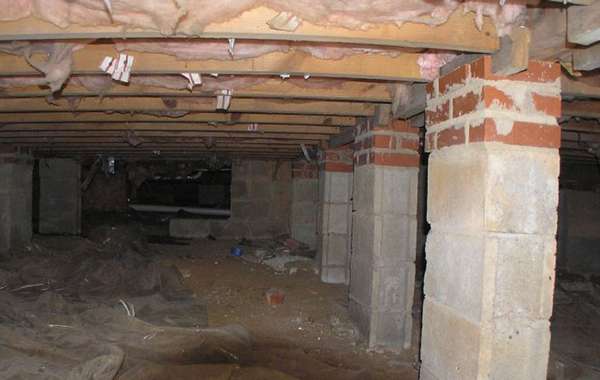
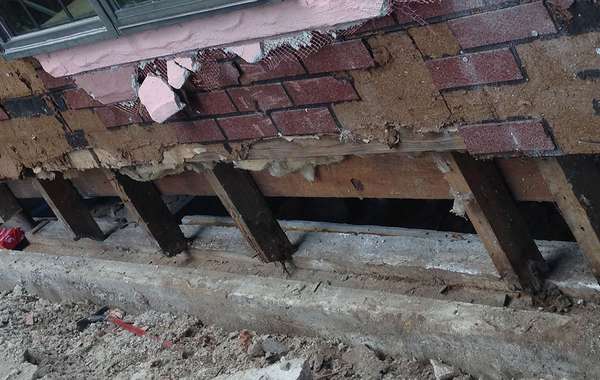
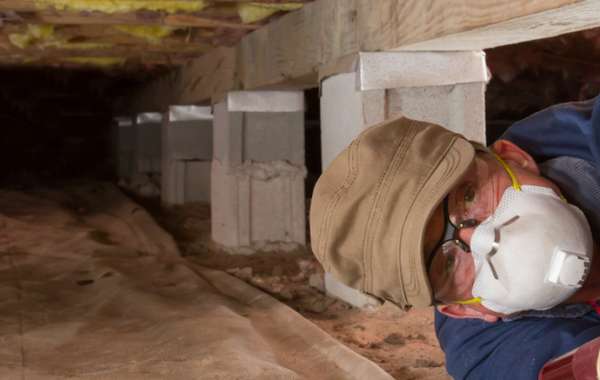
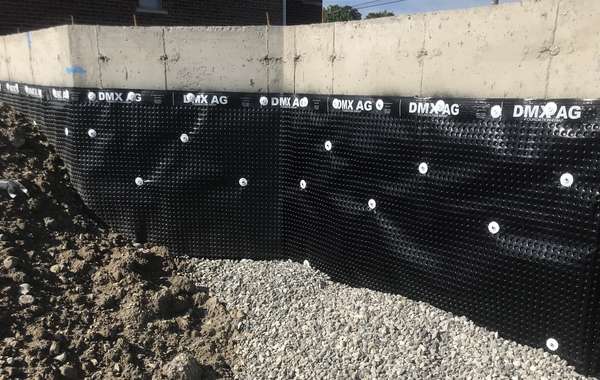
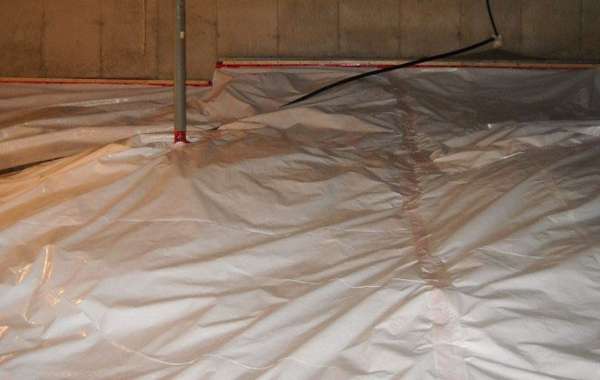

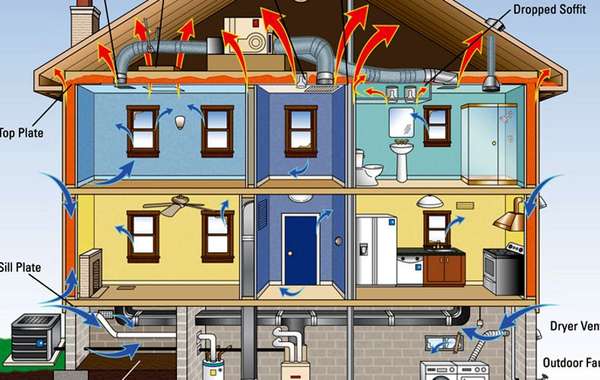
There are really two ways to insulate a crawlspace, one is to isolate it from the conditioned space of the home (insulating the floor joists as you suggest and keeping it cold) or insulating the dirt floor, and keeping the crawlspace warm so it becomes part of the conditioned space. Have you already found pages about crawlspace repair on our site? if not, start with this page here –
Best Practices for Insulating Crawlspaces
I like your plan for laying down the 6-mil poly barrier, on the floor, without that moisture from the ground will be a constant source of humidity in the air. Humid air not feels cooler, but heating humid air requires more energy than heating dry air. So that 6-mil poly membrane is essential above all else for comfort, durability, energy efficiency, and air quality.
You mention putting the poly membrane on the floor, any reason you can’t take that up the walls? Doing so would prevent moisture infiltration through the stone foundation wall, it will also create an air barrier, and enable you to create a crawlspace radon barrier as well.
Insulating the joists is a fine idea, but I would be super careful about keeping the moisture levels down, that’s why I’d be thinking of sealing the walls as well. I have a couple of questions for you, what climate zone do you live in by the way? Even just the state or the city is fine, that will give us an idea of your heat load. And what is this ‘breathable’ foil you speak of? Typically the ‘breathable’ vapor barrier / vapor retarder products are a poly, foil is among the least permeable materials, I just want to make sure you are getting the kind of product you think you’re getting.